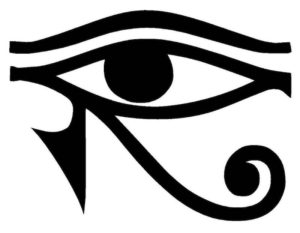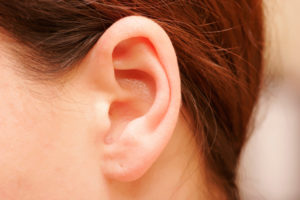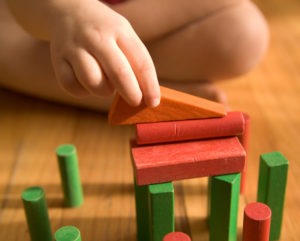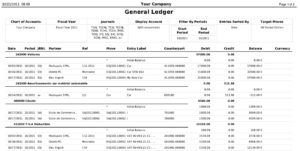- You are here:
- Home »
- Blog »
- Exploring Your Internal Map Of Reality (Series) »
- Exploring Your Internal Map Of Reality Part 6: Modalities and Submodalities (Part 2 of 3)
Exploring Your Internal Map Of Reality Part 6: Modalities and Submodalities (Part 2 of 3)
(Continued from Part 1)
How to be aware of which systems that others use.
When you are in conversation with others, you can often determine their preferred rep. system by the way they speak.
For instance, someone who prefers the visual modality would say things like:
 ‘I’ve had an eyeful’
‘I’ve had an eyeful’- ‘It appears to me’
- ‘That’s beyond a shadow of a doubt’
- ‘From a bird’s eye view’
- ‘catch a glimpse of’
- ‘It’s pretty clear cut to me’
 ‘Visuals’ are also motivated by pictures, they’re less distracted by noise, they’re often bored by and forget long verbal instructions, and they are interested in how things look, tend to speak faster, with quickly grouped words
‘Visuals’ are also motivated by pictures, they’re less distracted by noise, they’re often bored by and forget long verbal instructions, and they are interested in how things look, tend to speak faster, with quickly grouped words
Someone who prefers the auditory modality will use expressions like:
 ‘afterthought’
‘afterthought’- ‘blabbermouth’
- ‘clear as a bell’
- ‘clearly expressed’
- ‘I’ve had an earful’
- ‘she purrs like a kitten’
They are more easily distracted by noise, because they’re more tuned into sound. They can repeat things back to you easily, and learn best by listening. They like music and like to talk on the phone and they are more focused on tone of voice and the words used.
Someone who prefers the kinaesthetic modality will say things like:
 ‘I’m all washed up’
‘I’m all washed up’- ‘what it boils down to’
- ‘come to grips with’
- ‘get a handle on it’
- ‘get in touch with’
They often talk slowly and breathily and respond to physical rewards and touching. They memorise by doing, touching, or walking through something. They like things that feel right, or give them a good ‘gut feeling.’
They are hands on in the way they like to deal with things, so you often find many carpenters and construction staff in this group.
 People who prefer the Auditory Digital modality will often say things like
People who prefer the Auditory Digital modality will often say things like
- ‘it makes sense to me’
- ‘it seems logical to me’
- ‘it adds up perfectly’
They will spend a fair amount of time talking to themselves, following conversations in their head, repeat what is said to them inside their head before responding, memorise by steps, procedures, and sequences; want to know that something makes sense, that it’s logical, can sometimes exhibit characteristics of other rep systems. They tend to be the accountant or ‘numbers guy’ on the team.
They will also be more interested in the price of something than whether it ‘feels right’ for them
Submodalities
In addition to the 6 modalities, each of us use ‘submodalities.’ As the name suggests, these are subcategories of modalities.
There are 2 subcategories of each modality:
- remembered
- constructed
 Remembered submodalities are representations brought forth from your memories. For instance a visual remembered submodality would be a mental picture of a house you used to live in, but don’t any more.
Remembered submodalities are representations brought forth from your memories. For instance a visual remembered submodality would be a mental picture of a house you used to live in, but don’t any more.
 Constructed submodalities are representations brought forth from your imagination. A visual constructed submodality would be of a house that you would build sometime in the future.
Constructed submodalities are representations brought forth from your imagination. A visual constructed submodality would be of a house that you would build sometime in the future.
It would be constructed from other visual representations in your memory to create something new. Most creative artists (artists, composers and sculptors) are expert at this.
The same applies to the other modalities, making 12 submodalities in all:
- Visual Remembered
- Visual Constructed
- Auditory Remembered
- Auditory Constructed
- Kinaesthetic Remembered
- Kinaesthetic Constructed
- Auditory Digital Remembered
- Auditory Digital Constructed
- Olfactory Remembered
- Olfactory Constructed
- Gustatory Remembered
- Gustatory Constructed
Please click here for the 3rd and final part of this article
